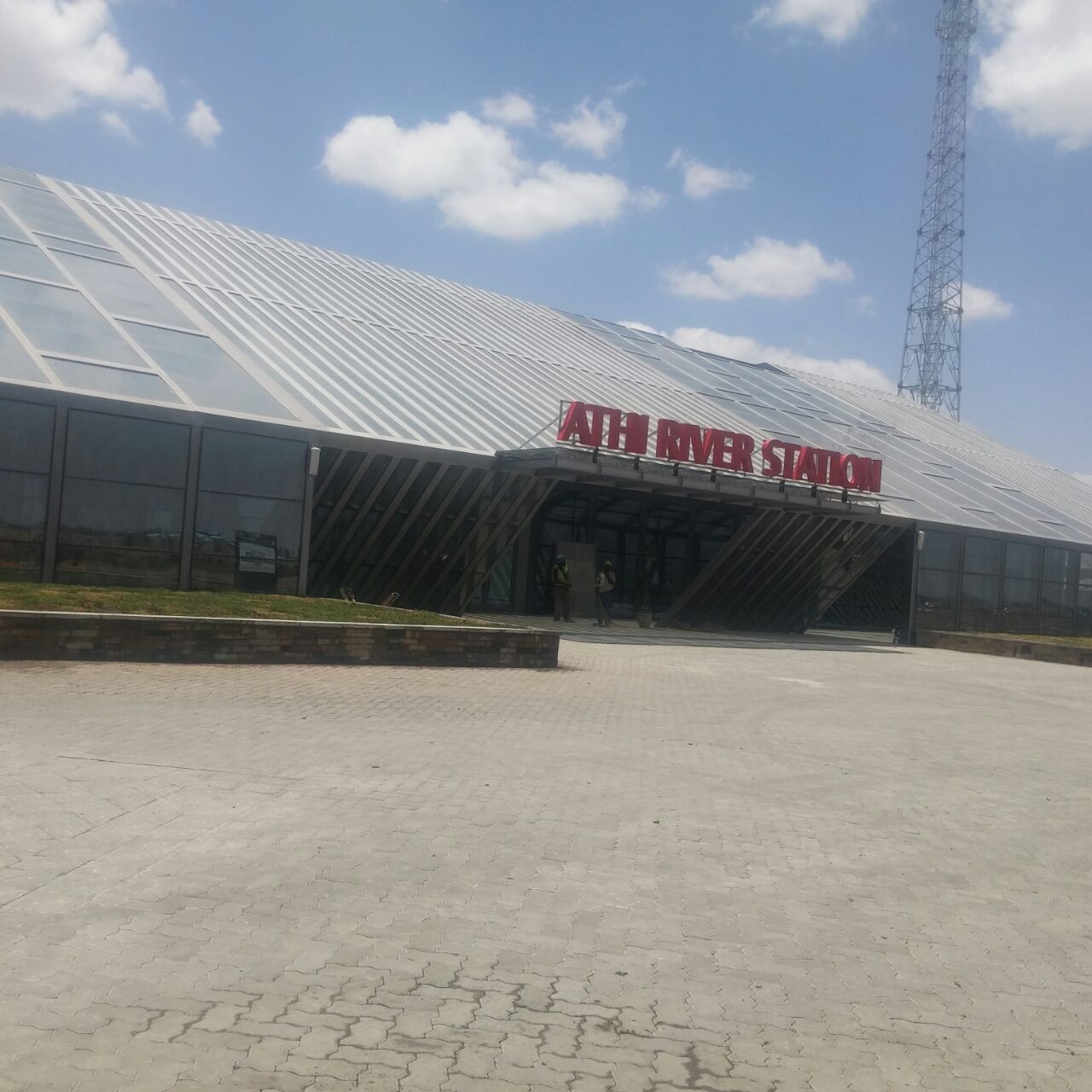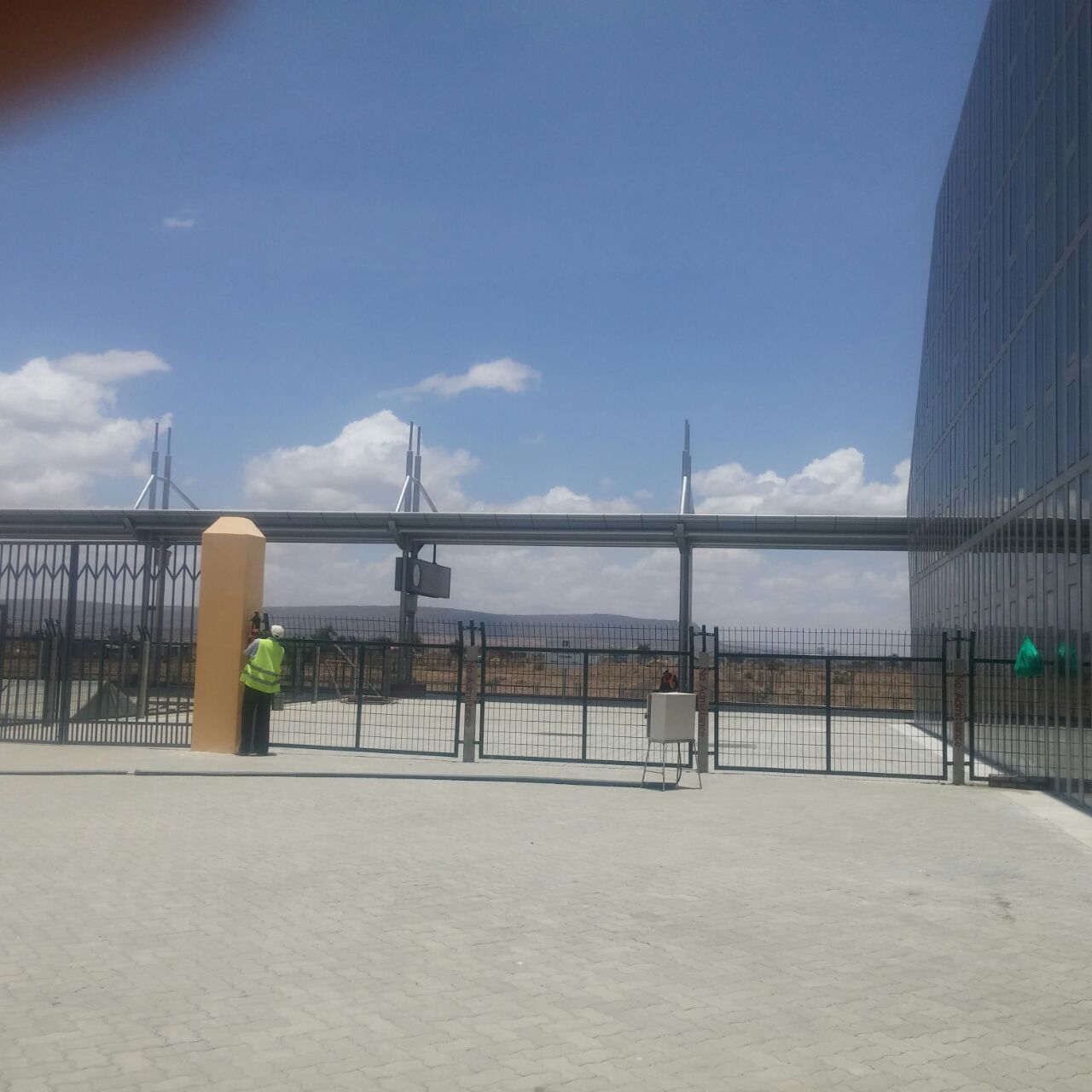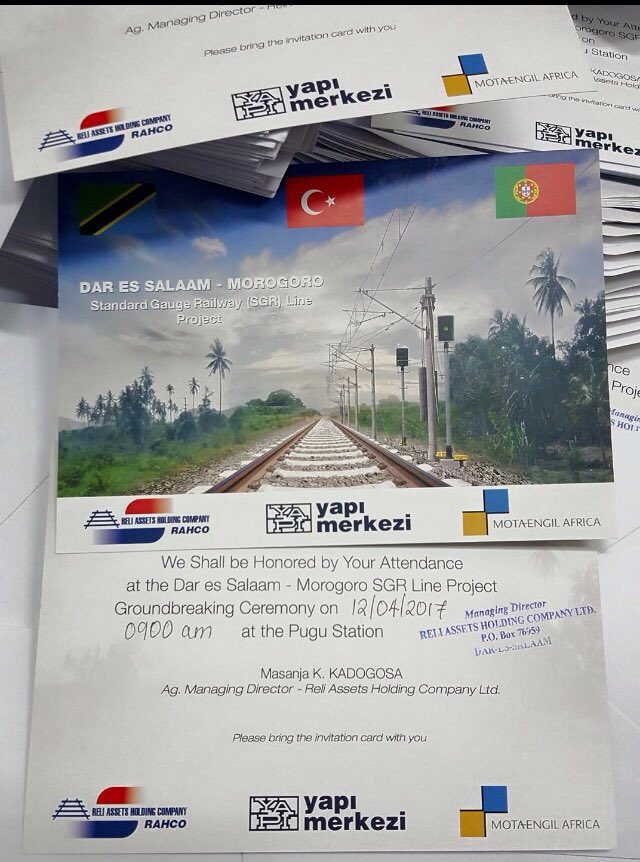eliakeem
JF-Expert Member
- May 29, 2009
- 15,654
- 13,794
cost of Kenyan rail is high because unlike Tanzania and Ethiopia where land is under government, land is owned by individuals and must be compensated. A good example is lamu port where the feasibility study was done back in 2011 but took 4 years for compensation to be completely done.
Le me put the record right...... What you are thinking that the land is owned by the GoT and whenever it acquires compulsorily will not pay compensation is no longer the case. Under the new Land Act Nr. 4, 1999 it declares that land has value and whenever eminent domain occur for public interest the acquiring authorities (National Govt, Sub-National Govt, Govt agencies) must pay to the PAPs fully, fair and prompt compensation. Unlike the former piece of legislation (Land Acquisition Act of 1957) which expressed that the land had no value. This law was repealed after the new Act came into operation.
Again I heard, contract sum is not including the land acquisition cost.





















